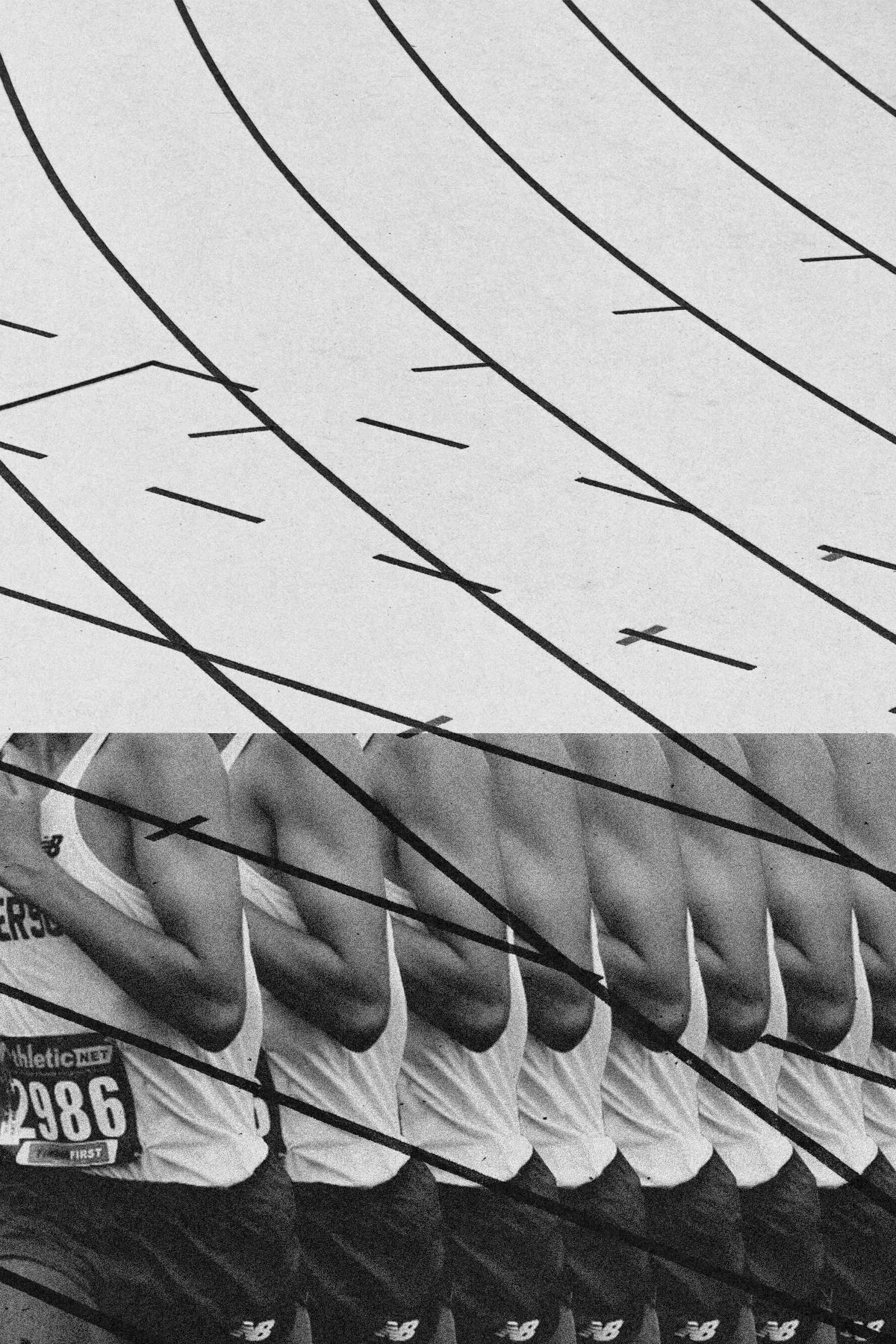Patience is a dying art.
When we depict it in the common imagination, it often features a smiling, enlightened-looking individual. The person appears to be at peace, like they are enjoying themselves rather than suffering, which is the more accurate etymological root of the word (patience comes from the Latin Patientia “the quality of suffering or enduring, submission.”).
If I put it hyperbolically, our image of patience makes it look like fun. It only recently struck me how sneaky this is, how what true patience is is so uncomfortable to us that we’ve invented a different, unspoken narrative about it. We like to believe that patience is some kind of skill or state of being that, if achieved, would rid us of the suffering inherent to it. The reason waiting now is so painful is that we aren’t ‘patient people’, but if we were to only attain patience, then the waiting would be totally fine–enjoyable even.
But of course, that’s not how it works. To be patient is to hold that calmness while suffering, not because you’ve found some workaround out of suffering. This is where the secondary definition, of enduring, fits in. Endurance is a kind of steady continuance in the face of challenge or pain. It is the ability to keep going, when every part of you wants to stop.
Interestingly, in the modern day, we tend to associate patience with stillness, or being static in space and time and action, and endurance with movement or activity. The long distance runner has endurance. The doctor working on the front lines of war has endurance. The mother who wakes up for the fourth time in the night to comfort her newborn has endurance. But we wouldn’t associate patience with any of those actions–at least not on the surface. Imagine it: a newscaster commenting on a runner in the twenty third mile, claiming they are showing enormous patience. It would be comical.
And yet, what is so wrong about using that word? Isn’t the runner, in a way, showing the perfect embodiment of patience? Feet ground to blisters, heel bones bruised, knees wobbly, each lunge forward isn’t a lunge of serenity, but of trust in the experience: that it will pass, that there is value in it having happened. And this is where endurance links up with submission, the final definition.
Patience is painful, it is a kind of suffering, and it is the ability to endure in the face of that suffering, to hold it. But perhaps the wisest way to understand patience is as submission to experience, to stop thinking of our relationship to discomfort as something that we can hold or manipulate but instead as an unavoidable thread in the fabric of life that we would do well to honor rather than reject. Patience, boiled down to its bones, is pretty simple. Patience is submitting to life.






